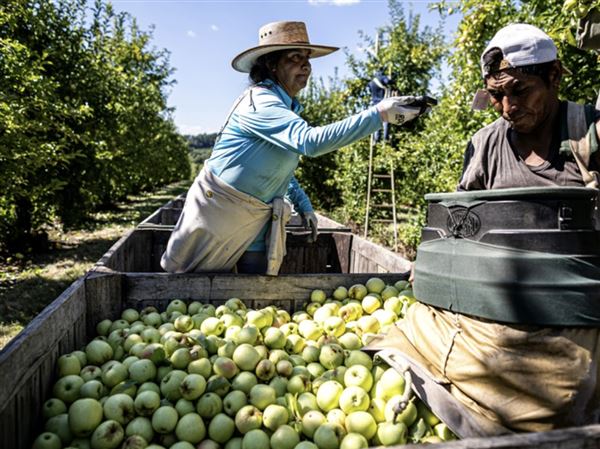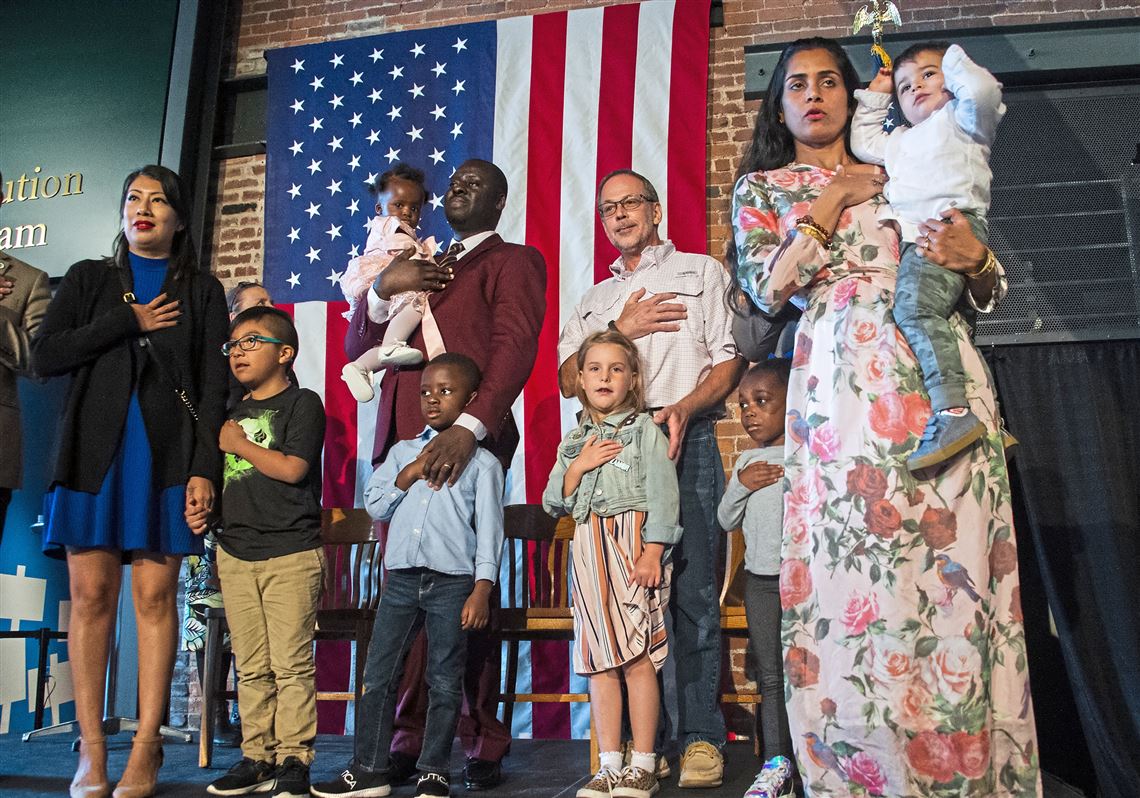There’s hardly a more humane — or economically sensible — use of resources in Pittsburgh than helping recent immigrants integrate into the city’s culture and economy. That’s why organizations like the Immigrant Workforce Program, a joint initiative of Jewish Family and Community Services and Literacy Pittsburgh recently profiled by the Post-Gazette’s Jordan Anderson, are so important and worthy of support.
After decades of decline, population is a constant anxiety in southwestern Pennsylvania — and rightly so. But the conservation usually focuses on keeping people in Pittsburgh, and sometimes attracting domestic migrants. Not enough, however, is said about making the city an attractive landing place for newcomers to the United States.
About 9% of Pittsburghers were born outside the U.S., one of the lowest rates in a major American city. Compare that to the national rate of 15%, or about 50 million people, which matches the years 1890 and 1910 for the highest percentage in American history. The gap represents economic and cultural vibrancy Pittsburgh is missing out on.
In 2019, immigrants in Pittsburgh earned $1 billion in income and contributed nearly $100 million in state and local taxes (plus $200 million in federal taxes). The remaining $700 million was largely invested right here, in everything from housing to goods to small businesses. The figures have surely increased since.
Meanwhile, the city’s population has declined every decade since 1950, from 671,000 then to about 303,000 in 2020. The most recent American Community Survey estimates for 2022 — known to be rough — indicate a further, very slight, decline.
Without immigrants, these figures would all be far worse. With more immigrants, in 2030 Pittsburgh could see its first population increase since the Truman administration.
That’s where organizations like the Immigrant Workforce Program step in. IWP helps newcomers to the U.S. with English-language instruction and skills, such as resume-writing and interview-taking, that are important to succeeding in the American system. The organization also actively connects new Americans to employers, like UPMC and Giant Eagle, interested in recruiting them.
This kind of focused support is particularly important in place like Pittsburgh where the organic chains of immigration are weaker than in other places. Generally, having a lot of immigrants attracts more, as friends and relatives go to places where they’ll have a built-in support network. Organizations like IWP can help to build those networks.
While some American cities have found their social services systems overwhelmed by rapid influxes of migrants, Pittsburgh is ready and waiting to be a new home. One of the strongest legacies of the Peduto administration is in this area: The former mayor founded the ambitious and comprehensive Welcoming Pittsburgh initiative in 2014, and created the Office of Immigrant and Refugee Affairs in 2021. While these remain active , the information on the Welcoming Pittsburgh website is dated, and its last annual report is over two years old.
From private citizens to public agencies to the region’s foundation community, supporting immigrants is one of the best ways to support Pittsburgh.
First Published: March 5, 2024, 10:30 a.m.


















